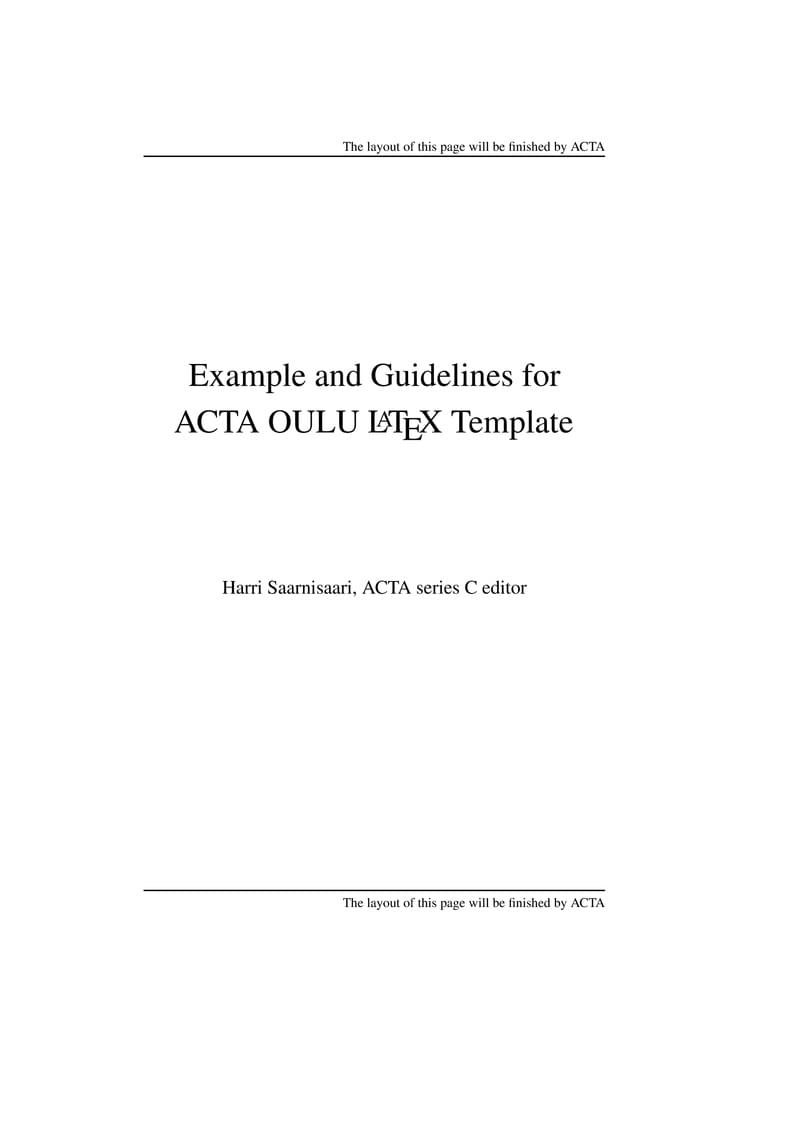overleaf template galleryLaTeX templates and examples — Recent
Discover LaTeX templates and examples to help with everything from writing a journal article to using a specific LaTeX package.
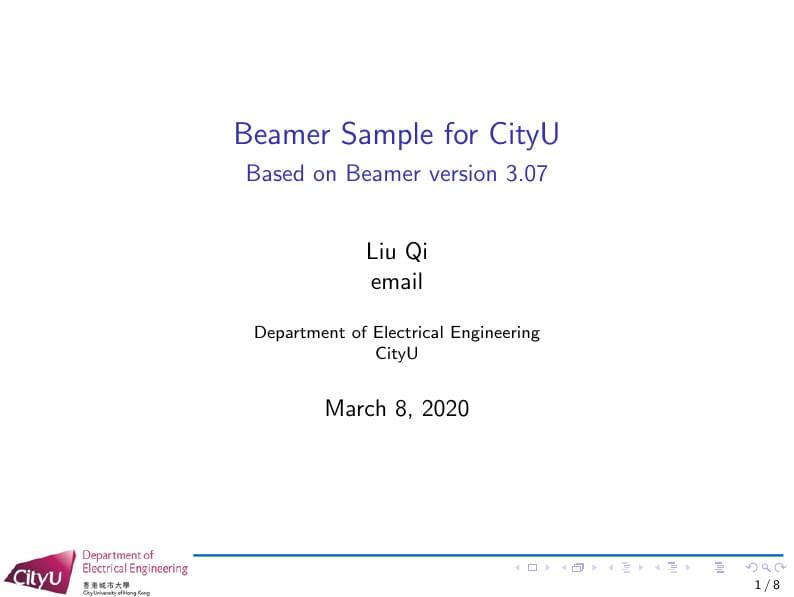
template for EE8001
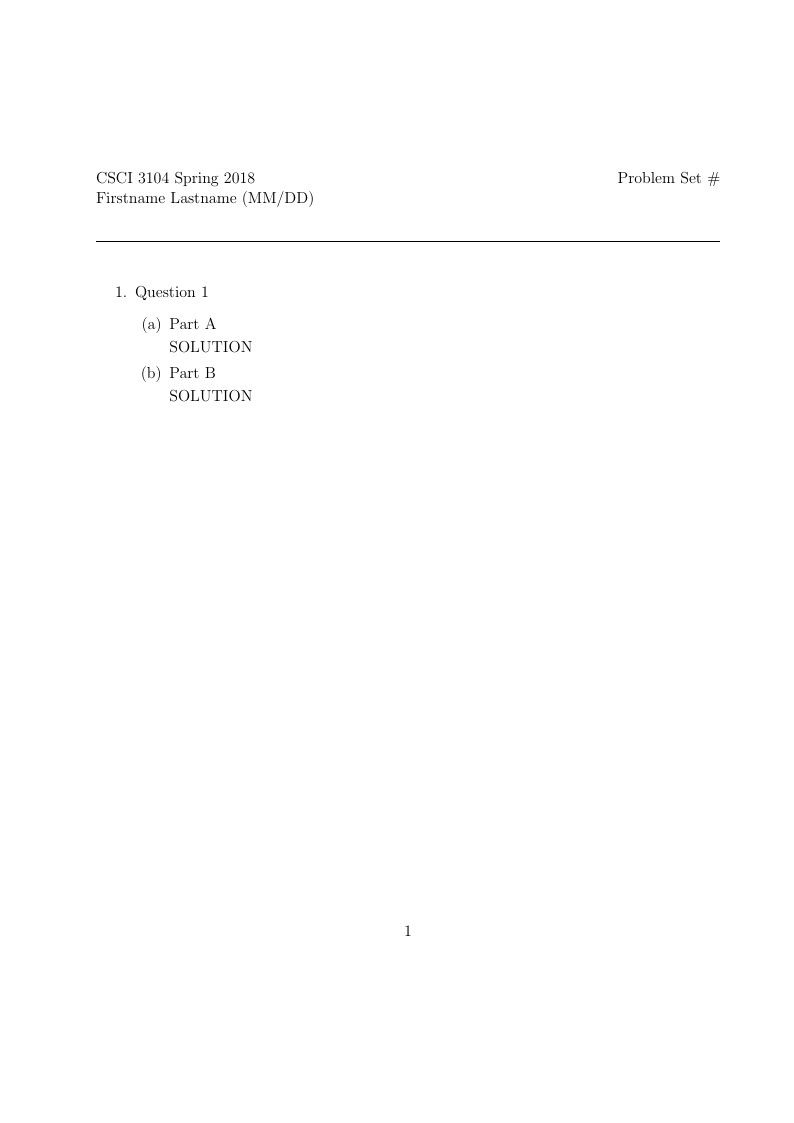
Template for homework assignments for CSCI 3104: Algorithms at the University of Colorado.

Something I wrote up to help myself understand the Laplace Transform, what makes it so useful, and most importantly how to derive the Laplace Transform from those useful properties.
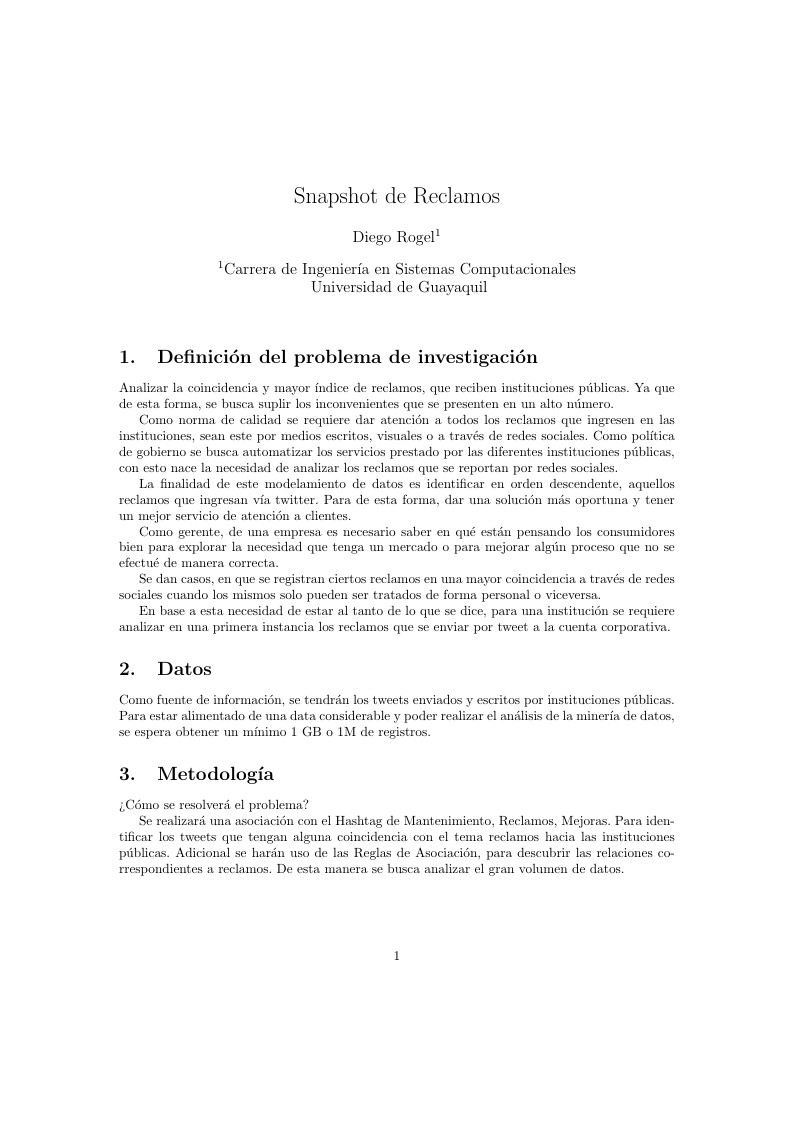
Reporte de reclamos via Twitter
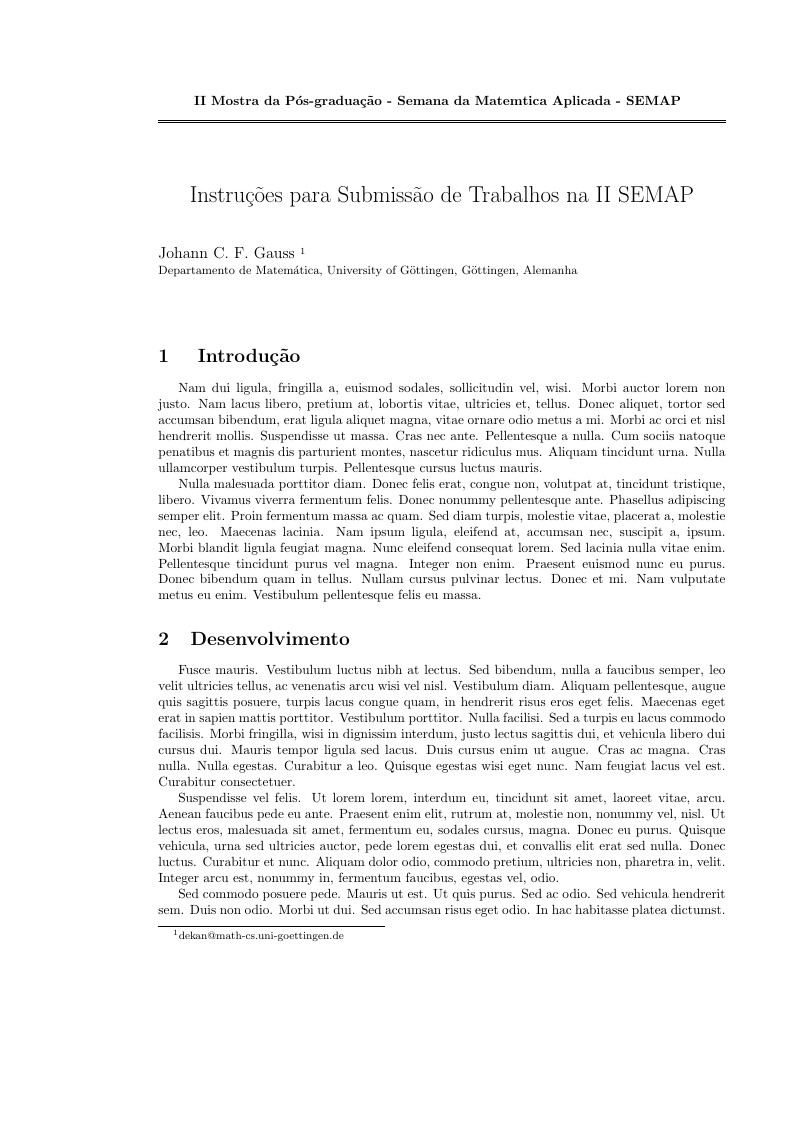
Este template foi baseado nos templates oficiais da SBMAC para o CNMAC 2018.
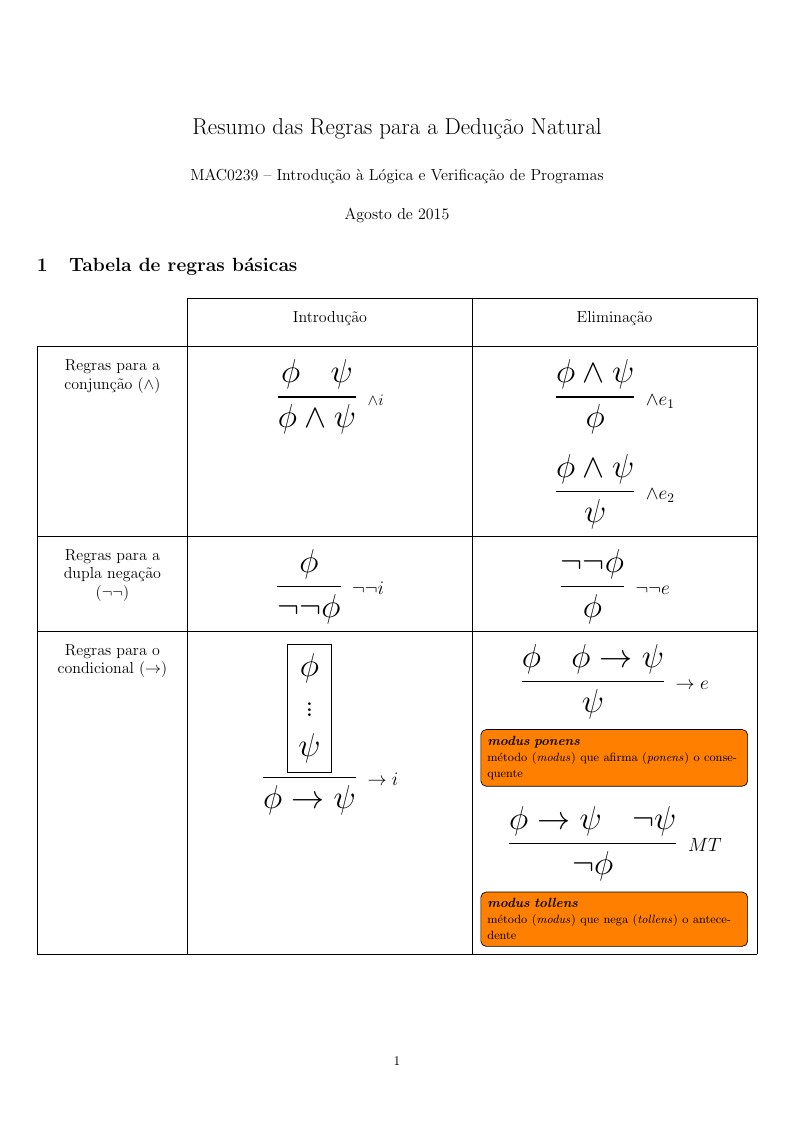
Resumo das Regras para a Dedução Natural Material de aula da disciplina MAC0239 - Introdução à Lógica e Verificação de Programas (Agosto de 2015)
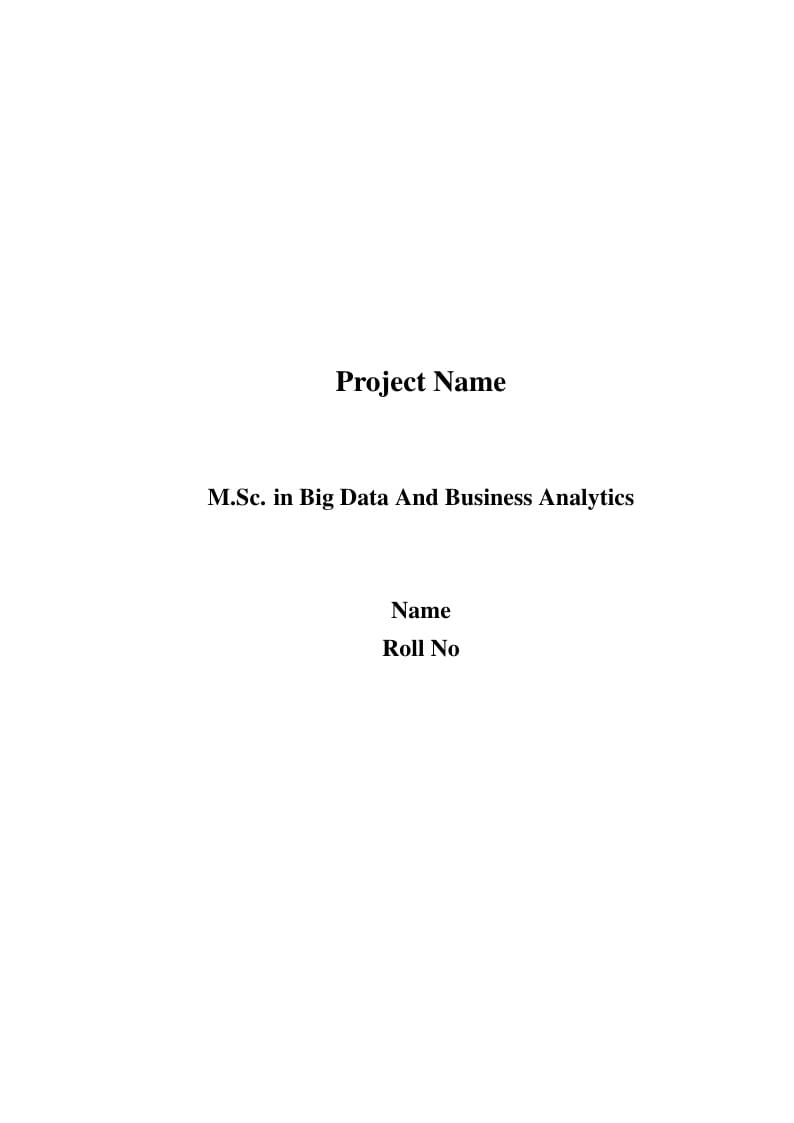
Template for repost submission DBSOM

Template pour la création de chant, possibilité d'ajouter facilement les accords et de créer ensuite des carnets. Utilise la package songs : http://songs.sourceforge.net/songsdoc/songs.html Inspiré de patacrep : http://www.patacrep.com/
\begin
Discover why over 20 million people worldwide trust Overleaf with their work.
